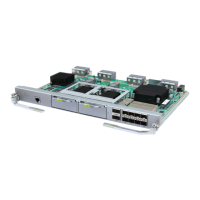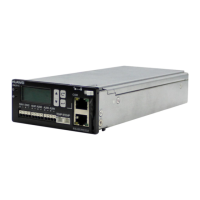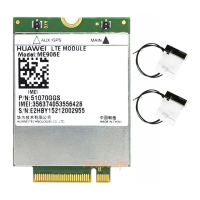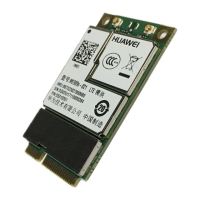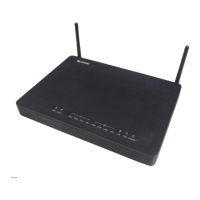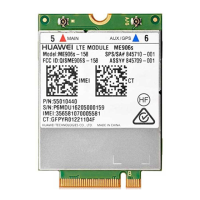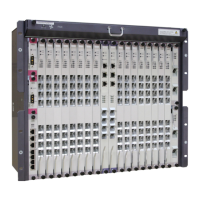UPS5000-E-(50 kVA-300 kVA)
User Manual (50 kVA Power Modules)
Huawei Proprietary and Confidential
Copyright © Huawei Technologies Co., Ltd.
Figure 5-14 AC Output screen
Step 7 Verify that the actual battery capacity and number of cells are consistent with the
corresponding values set on the LCD. (A 2 V battery is a cell. If a battery is 12 V, the number
of cells is equal to the number of batteries multiplied by 6. If a battery is 2 V, the number of
cells is equal to the number of batteries.) Use a multimeter to check that the sum of the
absolute voltage of the negative battery string and the voltage of the positive battery string is
greater than a certain value (2 x number of cells) to ensure that the battery strings are
connected properly.
Number of cells indicates the number of 2 V cells connected to the UPS. Number of cells
affects the charge voltage and discharge time. An incorrect setting will cause a high or low
charge voltage, which greatly shortens the battery lifespan. Moreover, the UPS may shut
down before the discharging is completed, which may result in data backup failure. Table 5-1
lists examples of setting battery parameters.
Table 5-1 Battery parameter settings
Number of
Battery
Strings
Two battery
strings
connected in
parallel
Two battery
strings
connected in
parallel
Three battery
strings
connected in
300 Ah + 300
Ah + 300 Ah =

